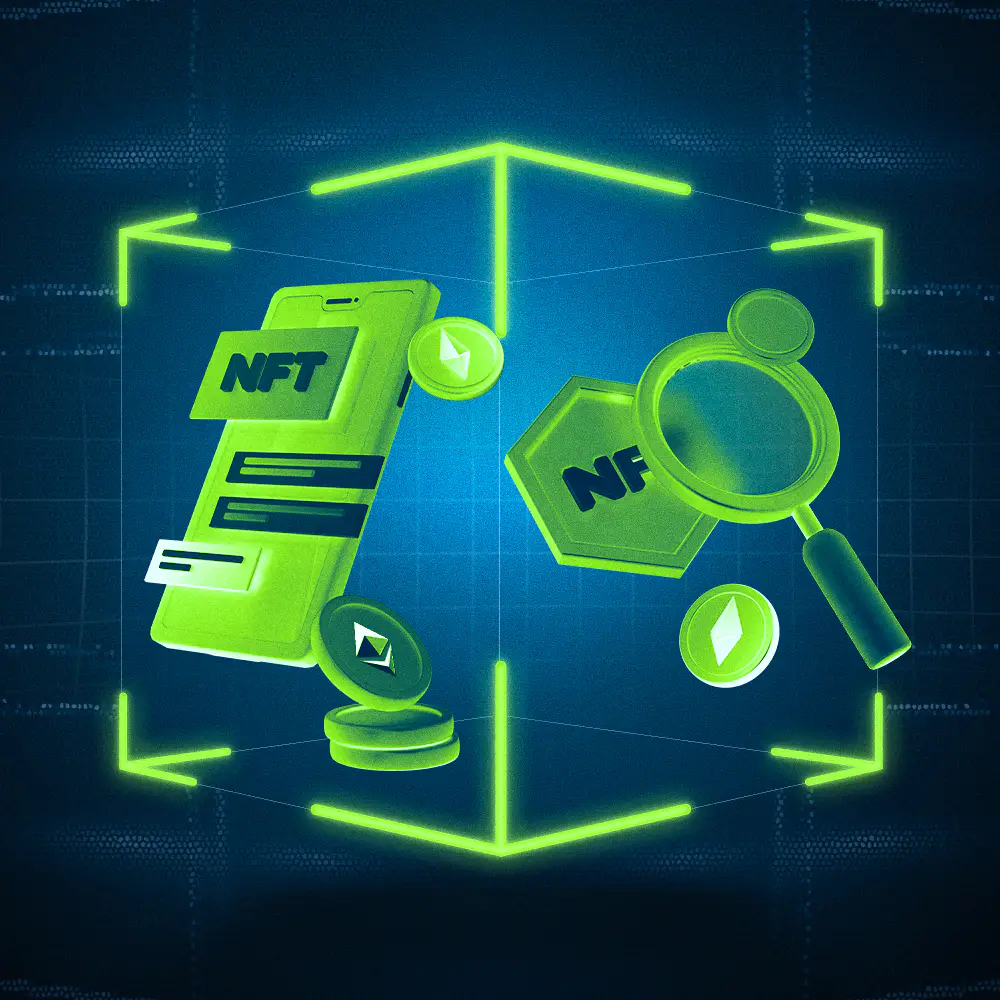
NFTs, or non-fungible tokens, have become a new way to own and trade digital artwork, music, video, and other intangible assets. However, its growing popularity has led many to wonder how law and copyright work in the world of NFTs.
To understand how rights and copyright work in the world of NFTs, we must first understand what NFTs are. An NFT is a digital token used to represent ownership of a digital asset, such as an image, video, song, or any other type of digital content. Unlike other forms of digital property, such as an image or music file, an NFT cannot be duplicated or exchanged for other digital assets. Each NFT is unique and has a unique value.
When someone buys an NFT, they are buying sole ownership of the digital asset that the NFT represents. This means that they can sell the NFT or transfer it to someone else, but sole ownership of the digital asset will always remain with the owner of the NFT.
Now, how does the law and copyright work in the world of NFTs? Generally speaking, intellectual property rights, such as copyright and patents, apply in the same way in the world of NFTs as they do in the physical world. This means that, in most cases, creators of digital artwork, music, video, and other intangible assets retain copyright and intellectual property rights to their work, even if it is sold as an NFT.
However, there are some important exceptions to be aware of. First, ownership of the NFT does not always imply ownership of the digital asset itself. In some cases, the creator of the NFT may retain the intellectual property rights to the digital asset, even if someone else buys the NFT that represents it.
Additionally, some content creators may choose to sell the intellectual property rights to their work along with the NFT. This means that the purchaser of the NFT would have sole ownership of the digital asset and all associated intellectual property rights.
In any case, it is important that both buyers and sellers of NFTs understand the intellectual property rights associated with the digital assets they represent. This includes any copyright, patent or other intellectual property rights that may apply.
Another important issue to consider in the world of NFTs is the possibility of fraud. As the popularity of NFTs has increased, so has the number of scammers trying to take advantage of unsuspecting buyers. For example, some scammers have created fake NFTs that pose as famous or popular works of art, in an attempt to mislead buyers.
To avoid fraud, it is important for buyers to carefully research both the NFT and the digital asset it represents before making a purchase. This may include looking for evidence of authenticity and verifying the provenance of the NFT and the digital asset it represents.
In short, intellectual property rights, such as copyright and patents, apply in the same way in the world of NFTs as they do in the physical world. However, it is important to understand that ownership of the NFT does not always imply ownership of the digital asset itself, and that content creators may choose to sell the intellectual property rights along with the NFT.
In addition, the possibility of fraud is an important issue to consider in the world of
NFTs, so it is important for buyers to carefully research both the NFT and the digital asset it represents before making a purchase.
In conclusion, the world of NFTs is an exciting and ever-evolving space where content creators and buyers alike have the opportunity to own and trade unique and valuable digital assets. By understanding how rights and copyright work in this world, we can ensure that intellectual property and copyrights are properly protected, and that buyers are informed and protected from fraud.